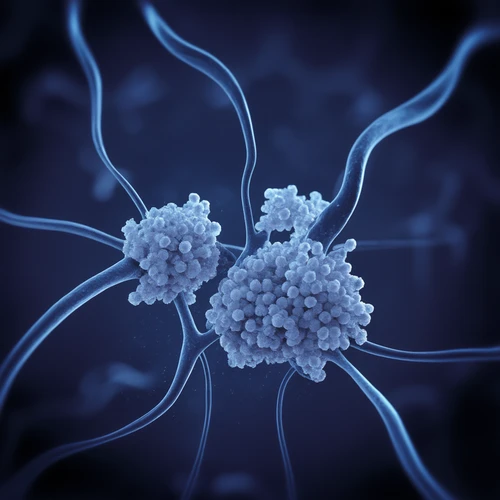Scientists at Tokyo Metropolitan University have identified a new pathway by which cells mitigate the effects of alovudine, a crucial antiviral and anticancer medication. The findings are published in Nucleic Acids Research.
Nucleic Acids ResearchThe protein flap endonuclease-1 (Fen1) was discovered to enhance cell tolerance by counteracting the toxic buildup of another protein, 53BP1.
This new understanding of Fen1's role could open avenues for innovative cancer treatments and ways to evaluate existing therapies' effectiveness.
Chain-terminating nucleoside analogs (CTNAs) are molecules that closely resemble nucleosides, the building blocks of DNA. Utilized in antiviral and cancer treatments since the 1980s, these drugs target rapidly replicating cells by binding to DNA during cell division.
However, much remains unknown about how healthy cells resist CTNA toxicity, limiting their effectiveness. Alovudine, a fluorine-containing CTNA intended for HIV treatment, was ceased in phase II trials due to its toxicity.
A team led by Professor Kouji Hirota of Tokyo Metropolitan University has been examining the pathways through which healthy cells resist CTNAs' effects. Their previous research highlighted the importance of BRCA1, a protein involved in DNA repair.
Focusing on flap endonuclease-1 (Fen1), another DNA repair protein responsible for cutting short, single-stranded DNA sections from replicating DNA known as Okazaki fragments, the team conducted experiments using genetically modified chicken DT40 cells.
The results showed that suppressing Fen1 made cells highly vulnerable to alovudine toxicity, drastically slowing replication speeds. The loss of a gene encoding 53BP1—a protein associated with nicks in double-stranded DNA—restored tolerance to alovudine, indicating that without Fen1, long DNA overhangs or "flaps" form during replication.
When alovudine is present, 53BP1 accumulates around these flaps, impeding other mechanisms that cleave them, ultimately halting DNA replication.
The researchers also expanded their previous work on BRCA1, finding that Fen1 and homologous recombination (HR) independently contribute to CTNA tolerance. Suppressing either led to reduced resistance; suppressing both intensified the effect significantly.
A deeper comprehension of CTNA tolerance might yield new treatments and improve biomarkers for cancerous cells, often depleted in Fen1, while gauging how drugs like alovudine perform.
The team plans to study human cells next and explore how such insights could be applied to various cancers, including solid tumors.


